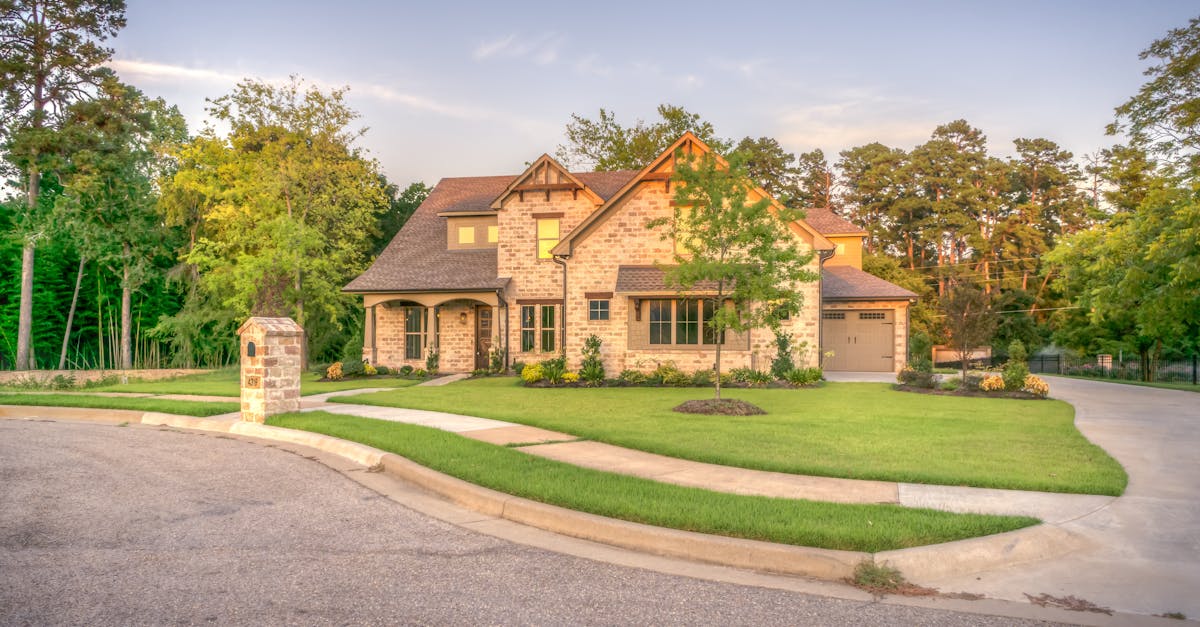Environmental Impact of Terracotta Tiles in Colorbond Roof ReplacementColorbond roofing installations have become increasingly popular due to their durability and aesthetic appeal, but concerns over environmental impact have led to the exploration of greener alternatives. Green roofing solutions offer a sustainable approach to Colorbond installations, providing a range of benefits for both the environment and building occupants. By integrating green roofs into Colorbond installations, property owners can reduce energy consumption, improve air quality, and enhance the overall biodiversity of urban landscapes.
Green roofing solutions for Colorbond installations involve incorporating vegetation into the roof structure, creating a living, breathing ecosystem that helps mitigate the urban heat island effect. These environmentally friendly roofs also help to reduce stormwater runoff, promote biodiversity by providing habitats for birds and insects, and enhance the aesthetic value of the building. With the growing emphasis on sustainability and environmental responsibility, green roofing solutions present a viable option for property owners looking to minimise their carbon footprint and maximise the benefits of their Colorbond roof replacement. FAQS Are there any local regulations that need to be considered when replacing a Colorbond roof?
When considering the aesthetics and visual appeal of terracotta tiles in Colorbond roof replacement, it is important to acknowledge the timeless charm and natural warmth that terracotta brings to a property. Terracotta tiles offer a rustic and traditional look that can enhance the overall appearance of a building, adding character and sophistication. The rich earthy tones of terracotta blend seamlessly with various architectural styles, making it a versatile choice for both modern and classic homes.
Moreover, terracotta tiles have a distinct texture and finish that reflect light in a unique way, creating depth and dimension on the roof surface. This distinctive quality not only adds visual interest but also contributes to the overall aesthetics of the property, making it stand out in the neighborhood. Additionally, the natural patina that develops on terracotta tiles over time adds a sense of charm and authenticity, further enhancing the appeal of the roof.
Integration with Surroundings
When considering the integration of terracotta tiles in Colorbond roof replacement projects, one key aspect to focus on is how well the tiles blend with their surroundings. The earthy tones and natural textures of terracotta tiles often complement a variety of architectural styles and landscapes, making them a popular choice for homeowners looking to maintain a harmonious aesthetic appeal.
In urban settings, the warm hues of terracotta tiles can soften the starkness of modern buildings and add a touch of character to the surrounding environment. When paired with greenery or set against a backdrop of blue skies, terracotta tiles can create a visually pleasing contrast that enhances the overall look of the property. Moreover, the versatile nature of terracotta allows for seamless integration with both traditional and contemporary exterior designs, making it a versatile option for roof replacement projects in various settings.
Installation and Replacement Process
FAQS
Are terracotta tiles environmentally friendly compared to Colorbond roofing?
Terracotta tiles are considered more environmentally friendly than Colorbond roofing as they are made from natural clay and require less energy to produce.
How do terracotta tiles affect the aesthetics and visual appeal of a roof?
Terracotta tiles enhance the aesthetics and visual appeal of a roof with their earthy tones and traditional look, adding charm and character to the property.
What is the process of integrating terracotta tiles with the surroundings of a property?
Terracotta tiles can be easily integrated with the surroundings of a property by choosing the right colour that complements the existing landscape and architecture.
What are the labor and material requirements for installing and replacing terracotta tiles on a roof?
Installing or replacing terracotta tiles on a roof requires skilled labor and specific materials such as tiles, mortar, and sealant to ensure a proper and durable installation.
How do terracotta tiles perform in different weather conditions?
Terracotta tiles have excellent weather resistance and perform well in various climates, with their natural insulation properties helping to keep the interior of the property cool in summer and warm in winter.
Related Links
Choosing the Right Color for Terracotta Tiles in Colorbond Roof ReplacementDurability of Terracotta Tiles in Colorbond Roof Replacement
Innovations in Terracotta Tiles for Colorbond Roof Replacement
Historical Significance of Terracotta Tiles in Colorbond Roof Replacement
Enhancing Energy Efficiency with Terracotta Tiles in Colorbond Roof Replacement